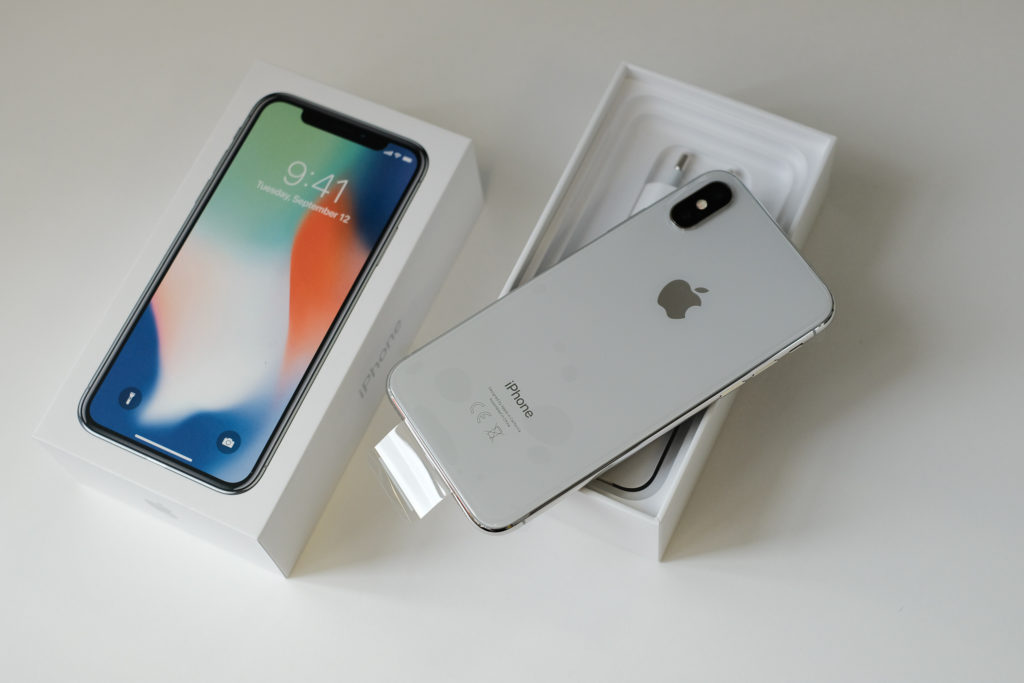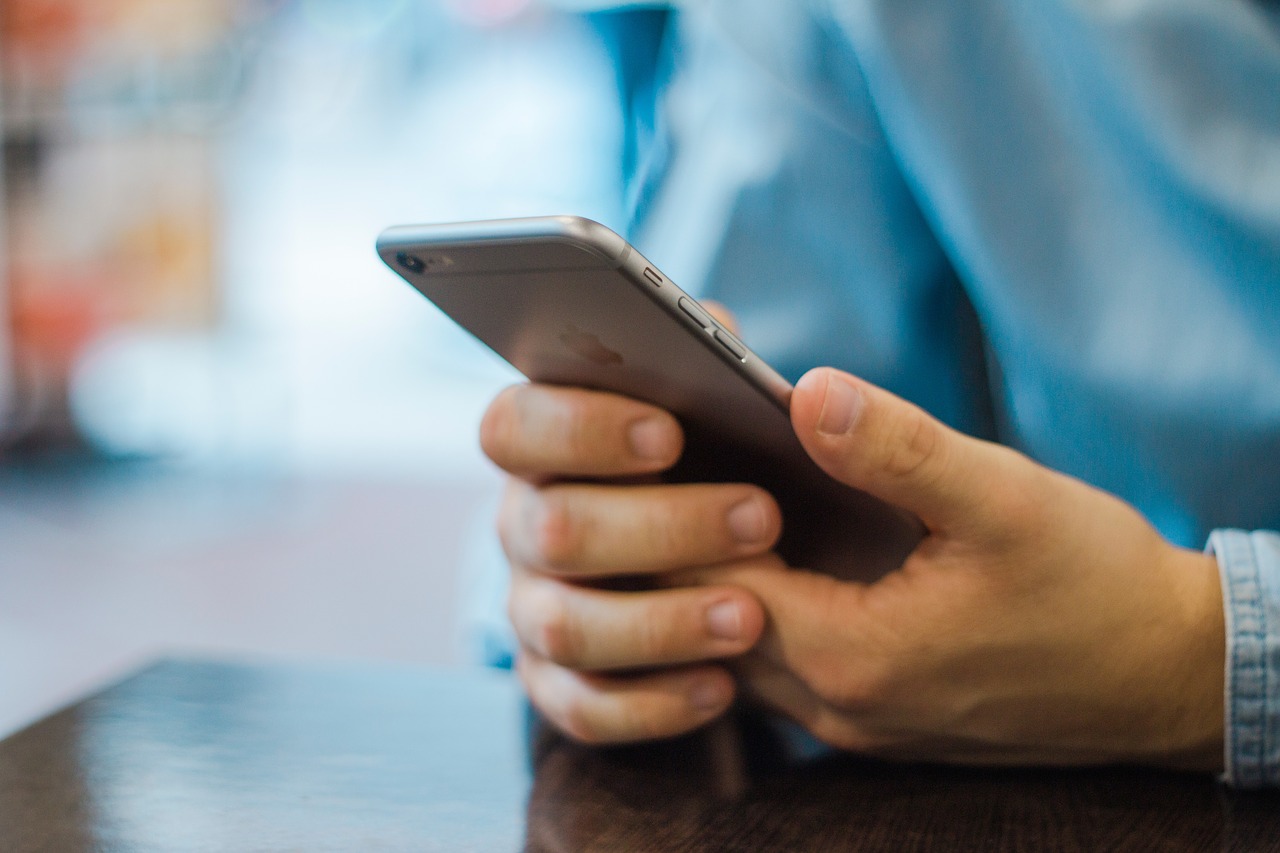As Apple users wait for the new operating system iOS 12 to be officially launched later this fall (the system is currently available as a public beta), one of the most eagerly anticipated features is a major update to Siri. Up until now, many users have felt that Apple’s personal digital assistant has lagged behind some of its rivals, notably Google Assistant or Amazon’s Alexa, but this new update is expected to make Siri into a more versatile assistant that can get a lot more done for you. The key to Siri’s new efficiency? A robust new feature called Shortcuts, which combines notifications, voice commands, and machine learning for a more streamlined experience. Read on to learn more about Shortcuts, and how they can help you get more done with Siri.
What are Shortcuts?
Just like the name implies, the Shortcuts feature is a way of helping you complete actions on your iOS device more quickly and efficiently. Based on Apple’s previous Workflow app, Shortcuts lets you combine different tasks from first-party apps, third-party apps, and Apple services and settings into a single, multistep action that is triggered by a customized keyword or phrase.
If you’ve never encountered Shortcuts (or its predecessor Workflow) before, the best way to understand how it works is through examples. Imagine that your typical routine before going to bed involves turning down the smartphone-controlled thermostat in your house, checking your calendar to see if you have any meetings the next day, setting your alarm, downloading a podcast to listen to as you fall asleep, and sending a “good night” text message to your friend who lives in a different city. Previously, you would have opened up each app or service separately, one after the other, to accomplish each one of these actions. But with Shortcuts, you can link all these tasks together in a workflow chain that is launched whenever you give Siri the command “I’m going to bed”: this key phrase prompts Siri to automatically perform all the actions included in the Shortcut.
While Workflow offered essentially the same capacity to link customized tasks together, the fact that these Shortcuts can now be controlled by Siri makes the whole process even more efficient. With Siri able to launch Shortcut commands, you can use the feature even when you’re driving or otherwise unable to physically handle your phone.

Image by Kārlis Dambrāns | Flickr
How will Shortcuts work on iOS 12?
When Apple officially releases iOS 12, Shortcuts will be available as a dedicated app. Its user-friendly interface offers an extensive gallery of ready-made Shortcut options for you to browse through, including multiple suggestions of popular Shortcuts and ways to use the Shortcuts feature. To make them easier to navigate, suggestions are grouped into thematic sections—like “Morning Routine,” “Designed for Safari,” or “Photography”—or you can search by keyword if you’re looking for something specific. You can adjust or modify any of the preset Shortcuts in the gallery to suit your particular needs, and all Shortcuts you download are stored in the Library tab for easier access.
In addition to choosing from existing Shortcuts, you can, of course, make your own customized Shortcuts. To do this, you’ll simply tap on the “+” button in the Library section of the Shortcuts app: then, you’ll be able to choose from a huge range of actions and options encompassing both first- and third-party apps, as well as Apple services. (As more and more third-party apps begin implementing support for Shortcuts, you can expect your range of options to expand rapidly.) You can also create Shortcuts without even opening the app: other apps that support this functionality will feature an “Add to Siri” option, which will assign a personalized trigger phrase to the Shortcut that you can then use to activate that action at any time. Finally, thanks to Siri’s machine learning capabilities, you can expect to receive suggestions from Siri about Shortcuts you might like to create based on your most commonly-performed actions (likewise, third-party apps will also make suggestions about frequently used in-app tasks that can easily be turned into Siri commands).
What are some examples of useful Shortcuts?
There is virtually no limit to the range and type of Shortcuts you can create, but many users find that the most effective Shortcuts are ones that involve multiple steps that are performed regularly. Some examples of common and helpful Shortcuts include the following:
“Good morning”—Siri can help you manage your morning routine by turning on the lights in your bedroom, starting your coffee maker, launching your favorite wake-up channel on Spotify, and giving you a weather report so you know how to dress for the day.
“I’m going home”—This Shortcut can send a text message to your roommate or spouse to let them know you’re on your way, turn up the thermostat at home, and open up a Maps app with driving directions for your quickest route home.

